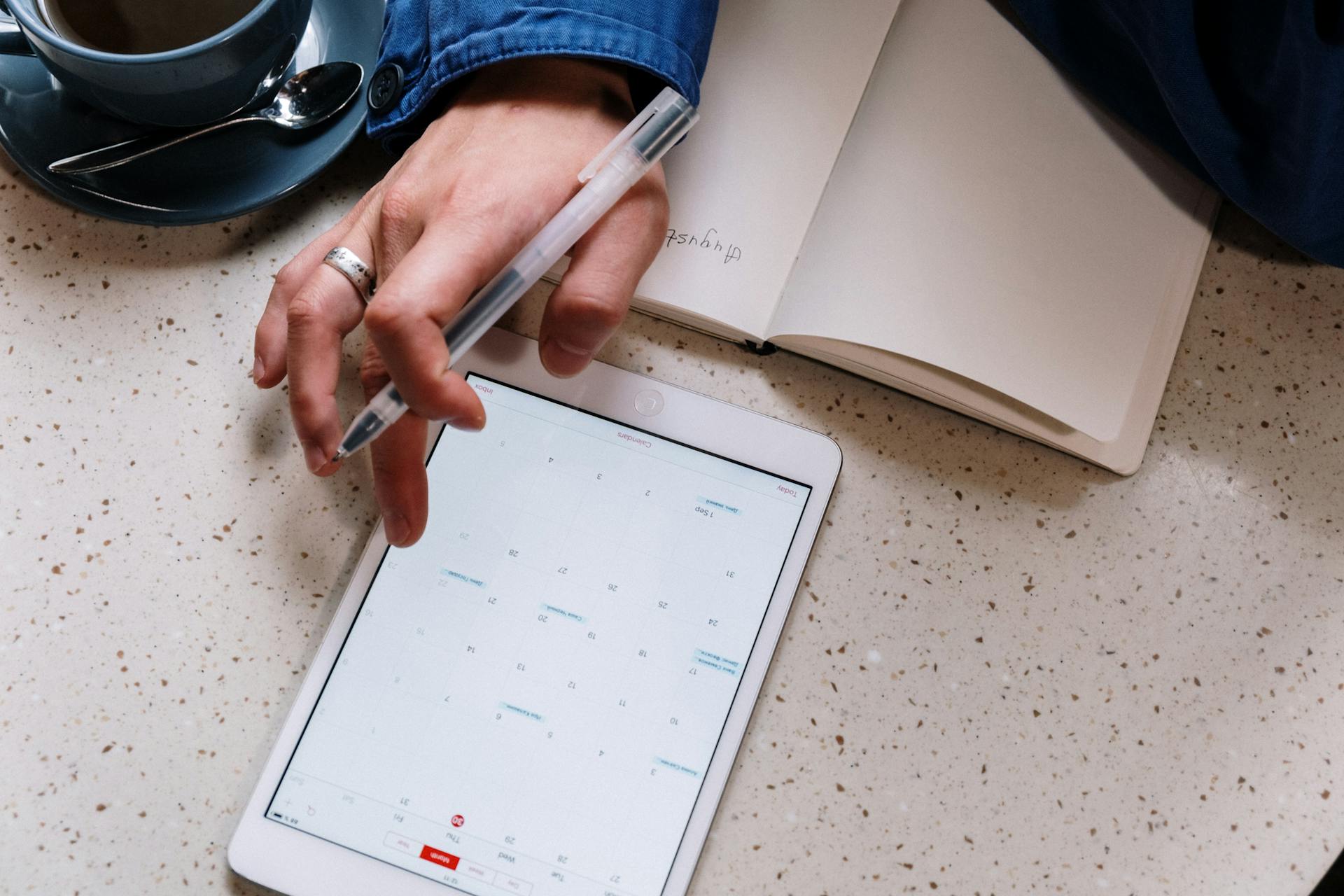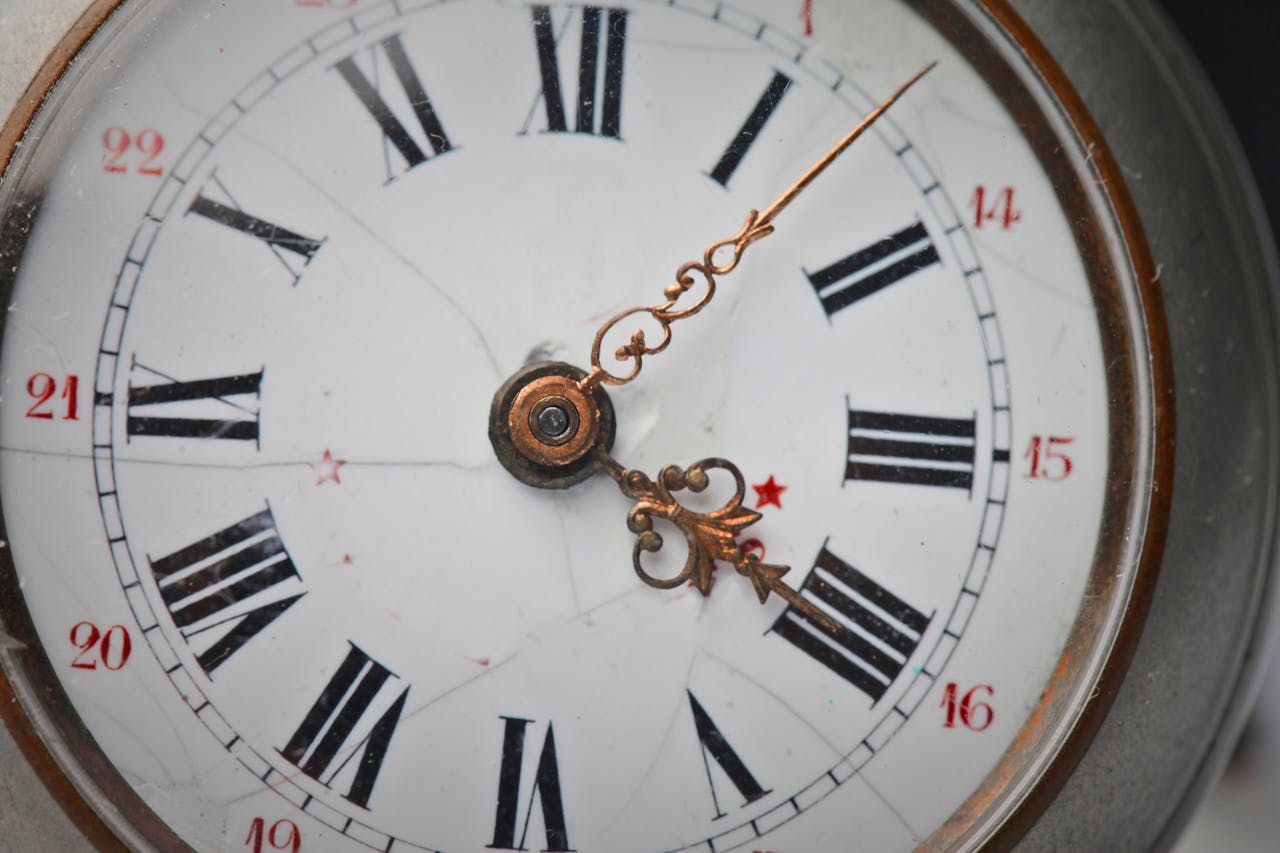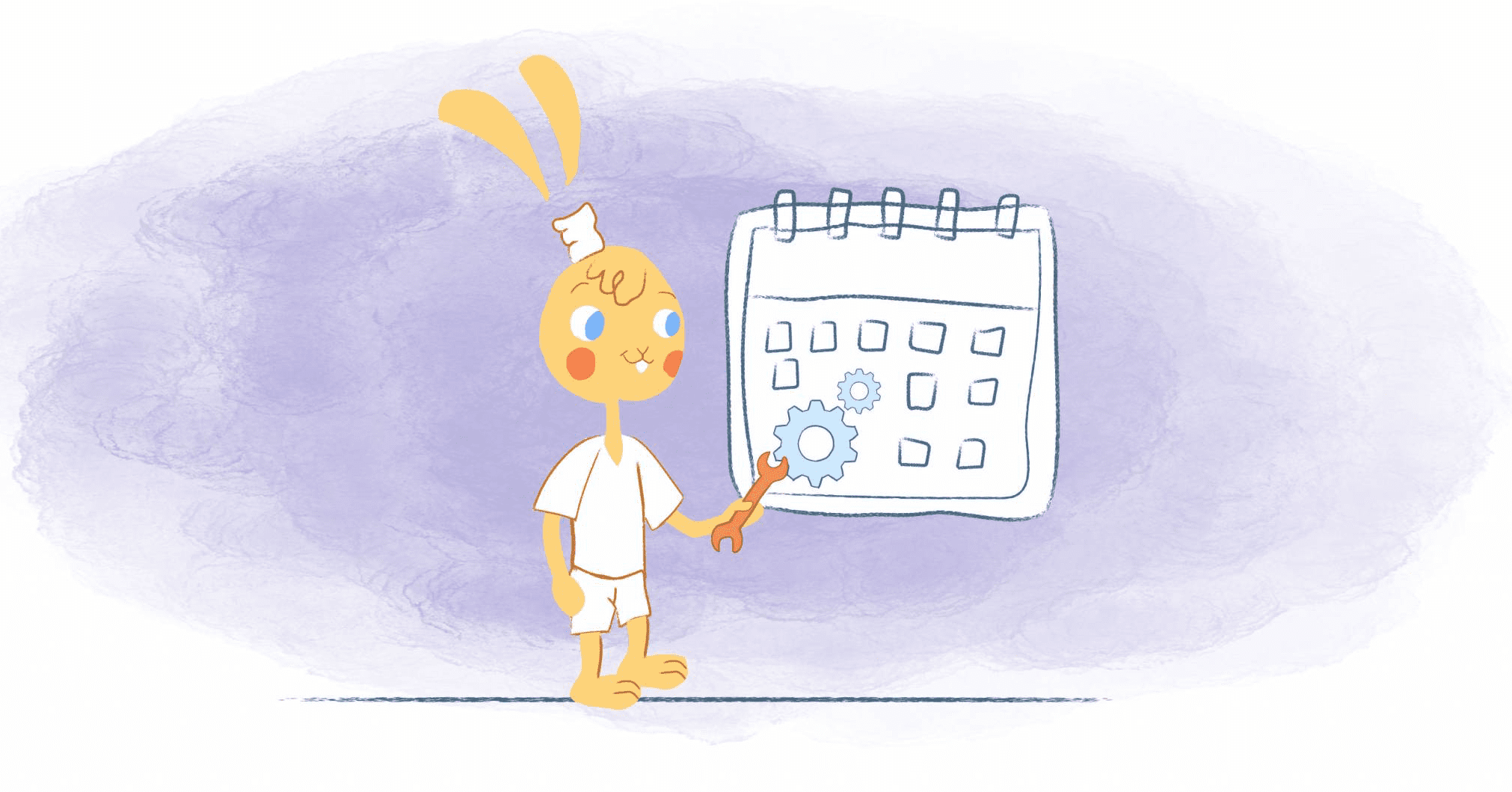

Sometimes, time management feels like a losing battle. Although we have many tools and strategies, our schedules still overwhelm us. Regarding calendar management, though, we are often taught to fill every hour with tasks. However, this approach does not always align with our energy levels.
To effectively manage your time, you should know your own rhythm and schedule tasks accordingly. Aligning your calendar with your energy peaks and valleys will increase your productivity, reduce stress, and accomplish more.
Forget the 9-to-5 Grind: Your Energy Matters
We’ve all been there. Looking at your calendar, you feel overwhelmed by the mountain of tasks ahead. Often, the 9-to-5 grind can feel like a never-ending treadmill, leaving you exhausted and unfulfilled. However, what if you could make your workday more efficient, less stressful, and even enjoyable?
To understand your energy levels, you need to understand your body. Every person has an internal body clock, or circadian rhythm, that determines how their energy is distributed throughout the day.
Morning people often have a lot of energy as soon as they wake up. Others are night owls, finding inspiration in the evening. Ultimately, optimizing your productivity requires recognition of these patterns.
By aligning tasks with these energy patterns, efficiency can be significantly enhanced. For example, deep work at high energy levels involves concentration, problem-solving, and creativity. On the other hand, low-energy periods are ideal for routine tasks, administrative tasks, or even rest. This insight allows calendar management to transform from a rigid scheduling system to a dynamic productivity-boosting tool.
How to Hack Your Schedule to Maximize Productivity
Understanding your energy levels and scheduling tasks accordingly can maximize your productivity and minimize fatigue. This will allow you to work better and be more satisfied.
But how can you get there? Well, let’s find out.
Assess your current energy patterns.
Ready to get your schedule in sync with your energy levels? Start by checking your energy level. How? For a few weeks, keep a diary of your energy levels, noting your highs and lows. You can use a simple 1-10 scale to gauge your motivation and focus.
When tracking your energy, consider how eating, exercising, and sleeping affect it. Afterward, you’ll be able to tell when you feel the best. In the afternoon, for instance, if you’re feeling sluggish, take a quick break or answer emails during that period.
Sort your tasks based on how much brainpower they need.
Everything may seem to be a priority, but that’s not always the case. Depending on the task, some drain your energy while others are a breeze. So, let’s categorize your daily responsibilities into three groups:
- High-energy tasks. These are your big thinker activities. Writing, brainstorming, and solving complex problems are some examples.
- Medium-energy tasks. You can think of these as brain workouts. Meetings, planning, and problem-solving could all fall under this category.
- Low-energy tasks are easy tasks. Examples include administrative tasks, filing, and data entry.
As soon as you know what kind of tasks you will be doing, you can schedule them based on your energy level. As a result, you work with your body rather than against it.
Time-blocking: Your personal productivity power-up.
As soon as you’ve categorized your tasks and figured out your energy cycle, let’s start with time blocking. You can do this by dividing your day into chunks and assigning each batch a specific type of task, such as;
- Morning mojo. If you are a morning person, save the big stuff for the morning. Brainstorming, making tough decisions, or tackling the most challenging projects are a few examples.
- Afternoon slump buster. If you feel low after lunch, take care of the easier tasks. Do tasks requiring little brain power, such as sending emails and cleaning up your workspace.
- Evening recharge. Some people get a second wind in the evenings. Use this time to plan your next day, review your work, or even bounce ideas off of others.
When you schedule tasks according to your natural energy flow, you’ll feel more productive and less stressed. It’s like having a personal energy cheat sheet at your fingertips.
Be flexible with your calendar.
Although time-blocking is effective, you shouldn’t set a too rigid schedule. Remember, life is full of surprises, so leave some room in your schedule. To deal with unexpected situations or just to relax, make sure you schedule some buffer time between meetings or tasks. You could, for example, give yourself a 30-minute buffer between meetings.
Also, take short breaks now and then to recharge. It doesn’t matter if you walk for a few minutes or meditate for a few minutes; both are beneficial. More importantly, pace yourself during peak productivity periods to avoid burnout.
Incorporate short breaks, especially between high-energy tasks, to recharge and avoid burnout. These breaks can be as simple as a 5-minute stretch, a quick walk, or a moment of mindfulness. The goal is to keep your energy balanced throughout the day, ensuring you’re not overextending during your power hours.
Don’t forget to update your calendar.
Don’t set up a calendar and then forget about it! Just like your car, your schedule requires regular check-ups. Examine it every week or month to ensure it still meets your needs.
You can do this by asking yourself the following;
- Is there a time of day when you constantly hit a wall?
- How effectively are high-energy periods used?
- Is there a task that drains more energy than expected?
Make adjustments if necessary. Your calendar should be updated according to your work responsibilities, personal commitments, and energy patterns.
Tools and Techniques for Energy-Based Calendar Management
If you feel drained by your schedule, it’s time to make it work for you rather than against you. Here are some ways to align your tasks with your energy level:
- Organize your day by color. Using a digital calendar, highlight tasks that require high, medium, and low energy in different colors. It’s a visual cheat sheet.
- You are a task ninja. It’s easy to categorize tasks based on their energy levels, set priorities, and maintain a progress log using apps like Todoist or Asana. You can think of them as personal assistants for your tasks.
- The Pomodoro power-up: Divide your work into 25-minute chunks and take short breaks between them. This will give your brain a mini-vacation.
- Take a moment to check in with yourself. Keep an eye on your energy throughout the day. When you feel drained, switch to an easier task or take a break.
Using these tips, you can create a schedule that is both efficient and enjoyable. A happy calendar leads to a more productive and happier you.
Final Thoughts
Do you want to feel less stressed and more productive? Align your calendar with your energy level. This is similar to having a personal assistant who understands when you are on top of your game and when you need a break. In addition to getting more done, you will feel better and may even avoid burnout.
Try to think of it this way. There’s more to your calendar than just a to-do list; it’s a personal guide to success. Don’t cram everything in; schedule tasks when you feel sharp, and take a break when needed. In addition to helping you get more done, this approach keeps you from burning out.
The bottom line is this: If you match your energy to your tasks, you’ll feel better, work smarter, and accomplish more.
Image Credit: Anete Lusina; Pexels











Howie Jones
My name is Howie and I'm a Customer Success Manager at Calendar. I like to ensure our customers get the best experience using our product. If you have questions email me howie at calendar.com